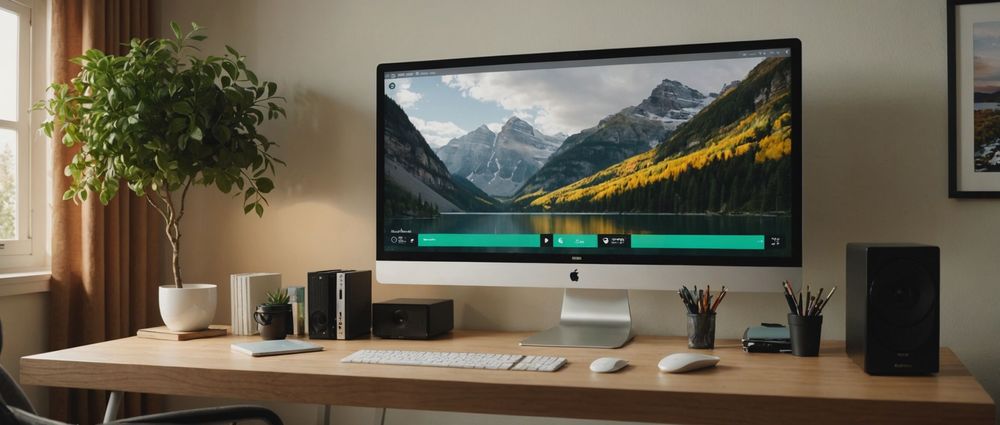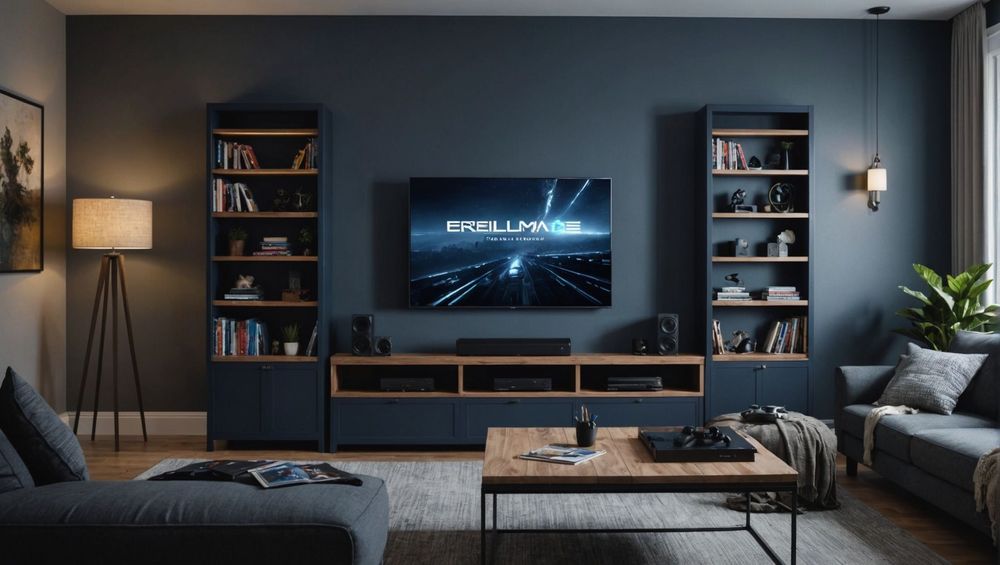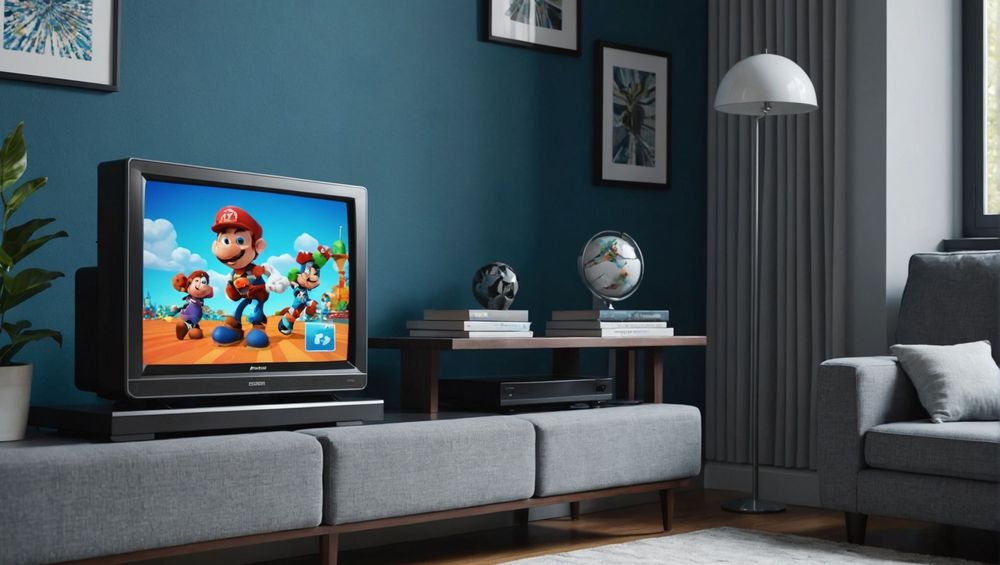Yes, you can use a TV as a monitor, and this practice has become quite popular among many users who are seeking a larger display or those who want to merge their entertainment and computer experiences. TVs can serve as monitors for various purposes, such as gaming, watching movies, or working from home. However, it’s essential to consider several factors such as input lag, resolution, and connectivity options to ensure an optimal experience. This article explores the reasons to use a TV as a monitor, the factors to consider, and how to set one up properly.
Benefits of Using a TV as a Monitor

Using a TV as a monitor comes with several benefits that might make it an appealing option for many users. Some of the most notable advantages include:
- Size: TVs typically come in larger sizes compared to traditional computer monitors, providing an immersive viewing experience.
- Cost: When compared to high-end monitors, larger TVs can be more affordable, especially when taking size into account.
- Versatility: A TV can serve multiple functions, allowing you to enjoy gaming, streaming, or working on tasks without the need for multiple devices.
- Enhanced Graphics: Many modern TVs feature advanced technologies like HDR, which can enhance the quality of visuals when used for gaming or video playback.
- Easy Connectivity: Most TVs come with a variety of input options, including HDMI and USB ports, making them easy to connect with various devices.
Factors to Consider When Using a TV as a Monitor
While the benefits of using a TV as a monitor sound appealing, it is crucial to consider several factors before making the switch. Here are some essential points to keep in mind:
- Input Lag: TVs might have higher input lag compared to monitors, which can adversely affect gaming and other real-time applications. Look for a TV with ‘Game Mode’ to mitigate this issue.
- Resolution: Ensure your TV’s resolution matches your intended use. For computer tasks, a 4K resolution would be ideal, but you may need a compatible graphics card to support it.
- Refresh Rate: The refresh rate of the TV is another aspect to consider, especially for gaming. A higher refresh rate can lead to smoother on-screen action.
- Viewing Distance: Depending on the size of your TV, you may need to adjust your viewing distance to prevent eye strain and maintain clarity.
- Color Accuracy: TVs are optimized for video content, not necessarily for precise color reproduction like professional monitors, which is crucial for graphic design and photo editing.
How to Connect Your TV as a Monitor
Connecting your TV as a monitor is generally straightforward, but it requires the right cables and a few steps to ensure proper setup. Here’s how you can connect your TV to your computer:
- Check Ports: Examine the ports available on your computer and TV. Most modern devices will use HDMI; however, some older TVs may have VGA or DVI inputs.
- Acquire the Right Cable: Purchase the appropriate cable to connect your devices. An HDMI cable is usually the best choice for modern setups.
- Connect the Devices: Plug one end of the cable into your computer and the other end into the TV.
- Select the Right Input: Use your TV remote to select the HDMI channel (or the relevant input) your computer is connected to.
- Adjust Display Settings: On your computer, navigate to display settings to adjust the resolution and orientation as needed.
Potential Downsides of Using a TV as a Monitor

Despite the advantages, there are a few downsides to consider when using a TV as a monitor. These downsides might not be significant for some users, but they are worth noting:
- Limited Ergonomics: Sitting too close to a large screen may cause discomfort or strain, as most TVs are designed for viewing from a distance.
- Color and Contrast Issues: While many TVs offer vibrant colors, they may not be as color-accurate as professional monitors, which is crucial for design work.
- Refresh Rate Limitations: Many TVs have a refresh rate that is less favorable for gaming when compared to dedicated computer monitors.
- Complexity of Setup: Depending on the TV and computer pairing, adjusting settings might require additional effort to get optimal performance.
Conclusion
Using a TV as a monitor can be a successful and versatile option for many users, offering benefits such as a larger screen size, cost efficiency, and the ability to perform multiple tasks. However, potential downsides like input lag and ergonomics should be taken into consideration. With the right setup and adjustments, a TV can serve as an effective monitor for entertainment and productivity. As technology continues to evolve, the gap between TVs and monitors continues to blur, making TVs a valid option for those looking to enhance their viewing experience.
FAQs
1. Can I use a 4K TV as a monitor for gaming?
Yes, a 4K TV can be used as a monitor for gaming, especially if it supports low input lag and has a high refresh rate.
2. Do I need special cables to connect a TV as a monitor?
Typically, an HDMI cable is sufficient for connecting most modern TVs to a computer. If your TV is older, you might need adapters for VGA or DVI connections.
3. Will using a TV as a monitor affect my computer’s performance?
No, using a TV as a monitor should not significantly affect your computer’s performance, provided the TV is appropriately configured.
4. How can I improve picture quality when using a TV as a monitor?
You can improve picture quality by adjusting the TV’s settings and ensuring that you are using the correct resolution that matches your computer’s output.
5. Is it better to use a dedicated monitor instead of a TV?
While a TV offers specific advantages, a dedicated monitor may be better for tasks needing high color accuracy, lower input lag, and optimal ergonomics.





